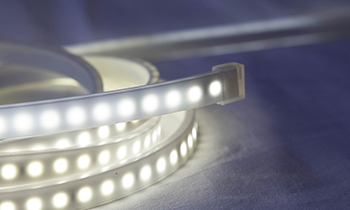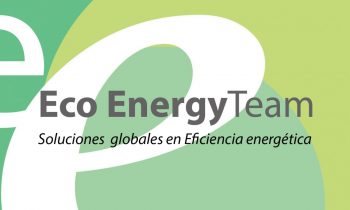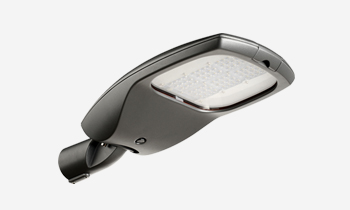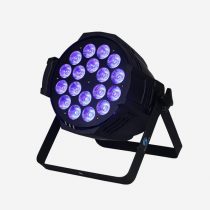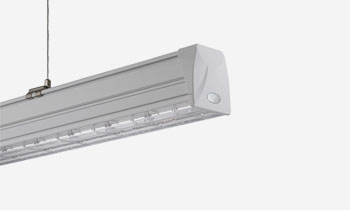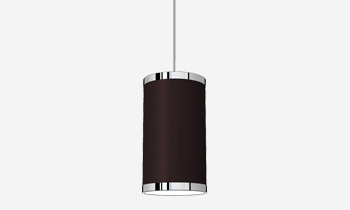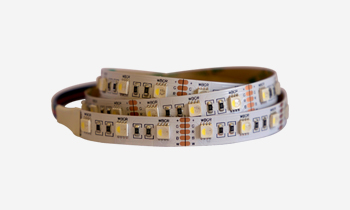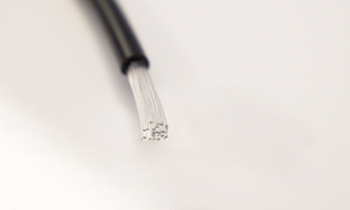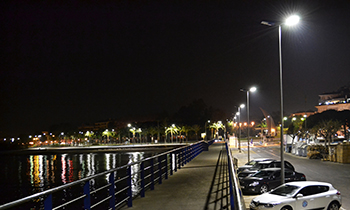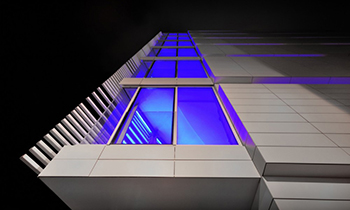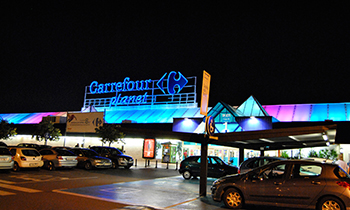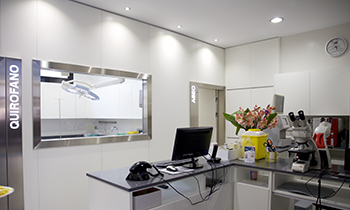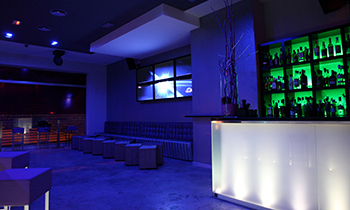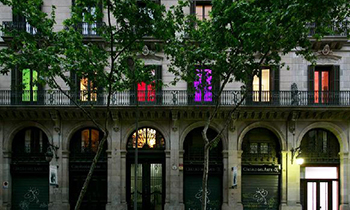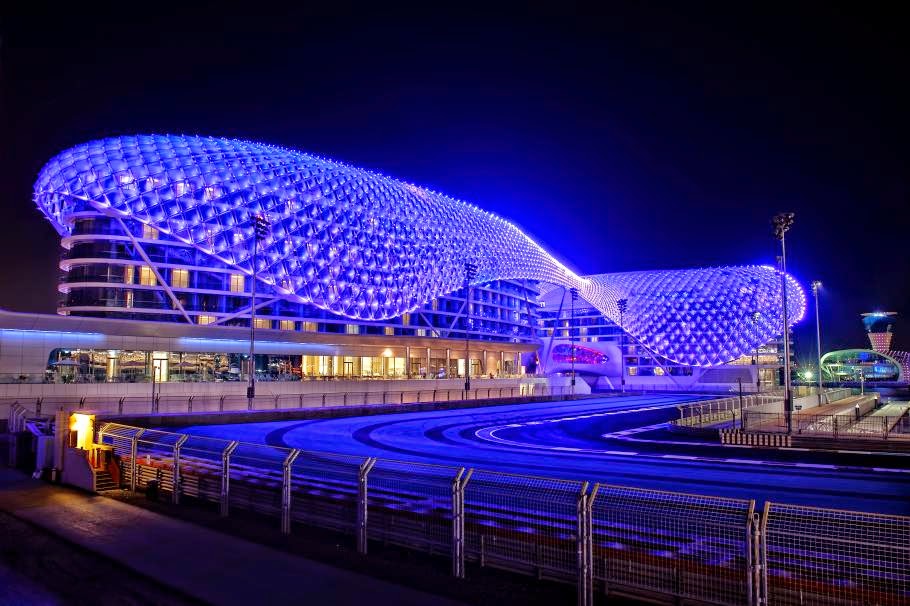We all have an internal biological clock located in the brain, which maintains the order of the rhythms of our body. Circadian rhythms (from the Latin circa, meaning “around” and dies, meaning “day”) describe the behavior patterns that exist in most of those who inhabit this planet. We do not refer only to people and animals, we can also find this behavior in most of plants and organisms. However, humans, whether because of bad habits or the need to work to make our world continue to function, disturb the natural balance between day and night.
A circadian rhythm is a circumstance that is repeated every day, at the same time, that is, it is repeated every 24 hours. There is a hormone called cortisol that begins to work at sunrise, reaches its highest activation around 9 a.m. point and then begins a slow decline until around 6 pm, with the sunset. And so every day. Daylight favors the production of serotonin and dopamine, substances that activate attention and stimulate the activity; and when the sunlight decrease, the production of melatonin, sleep-inducer increases. So, a circadian rhythm is the need to go to sleep when it’s dark and get up to do things when there is light. It’s a chemical response. We require light in order to function and darkness serves as a time to rest. If you don´t have a firm habit of sleeping every day at the same time, your circadian rhythm will end up losing its balance.
There are a series of common characteristics circadian rhythms:
- They are endogenous. They Persist without the presence of temporary keys
- They exhibit spontaneous oscillation with a close to 24 hours period under constant conditions
- They have mechanisms for temperature compensation, so that temperature changes almost nothing
- They are susceptible to environmental rhythms having a value of approximately 24 hour similar to the cycles of light and temperature
- The rhythm is disrupted under certain environmental conditions such as bright light
It is shown that ambient brightness has a clear influence on our life cycle and can cause daytime sleepiness and nighttime insomnia. 30% of the world population suffers chronic insomnia and other physical diseases, including cancers, because of inadequate lighting. Blue light and white light computer screen alter sleep patterns when we are exposed to them in the hours when we should be relaxing. Fluorescent lamps cold light for example, whose predominance are blue and have flashing frequencies 50Hz, create stress, heart disease, an increase in temperature, destroy neurons and increase headaches, migraines, eye strain, produce digestive disorders, menstrual irregularities… And the fact that we are so sensitive to blue light has to do with photo pigment called melanopsin that is particularly sensitive to this wavelength (460-485 nm). Throughout the day, our eyes not only process the images we see, but also values the light itself, especially, the amount of blue light present in the environment. Our retina is mainly made up of rods and cones, but other cells are intrinsically photosensitive retinal ganglion (ipRGC). And it is these cells and the pineal gland, which tell us when it’s time to go to bed. Once the number of drops of blue (480 nm) is below a certain level, the pineal gland begins to secrete melatonin levels corresponding to each system.
LEDs are help us to more correctly relate to circadian rhythms, without causing so much trouble at bedtime. With LEDs, one can adapt the intensity and the dominant light color and regulate it with the passing of the hours. Apart from when we are asleep, all our metabolic functions are directly or indirectly influenced by the presence or absence of light. Therefore it is extremely important that we make proper use of lighting, both in our homes and work environments, as in our cities; where often there is no balance or brightness control. In this modern and demanding society in which we live, the day-night natural cycle has been altered by the abuse of artificial light that could create discomfort in our brain and our body. Goodwork is very concerned about your health and we use the most advanced technology to illuminate and provide a higher quality to your days.
Do not hesitate and move to LED with Goodwork.
Pic: “The midnight sun” by Anda Berczky


